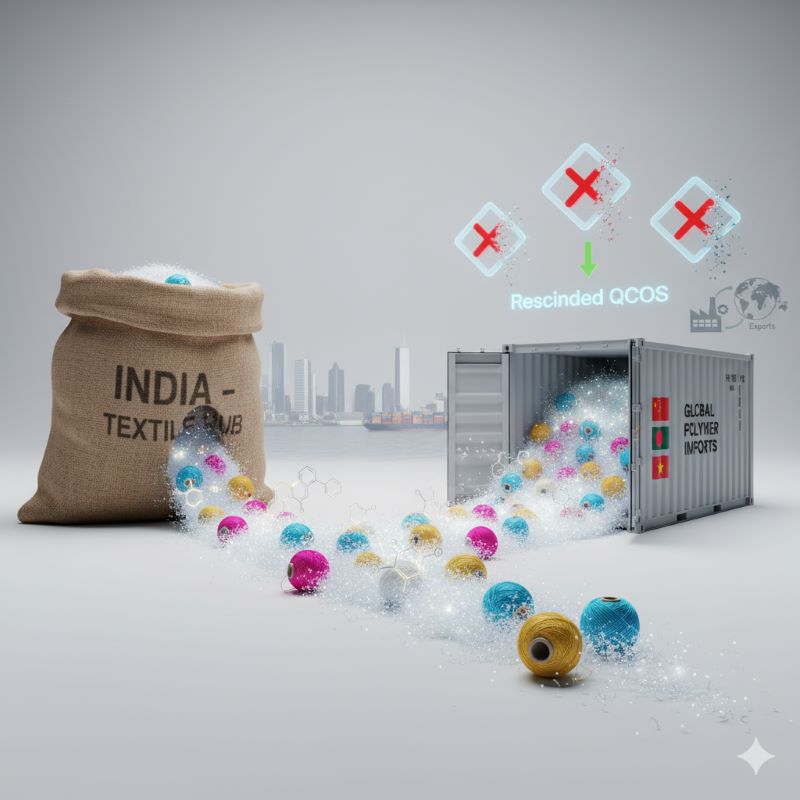The bedrock of Italian fashion and craftsmanship is showing cracks, as exports of textiles and clothing slowed significantly in the first seven months of 2025. Cross-border sales reached €21.7 billion between January and July, marking a 2.5% decline compared to the same period in 2024, according to an analysis by Confindustria Moda's research department. This modest-sounding drop is the most immediate news angle, highlighting a stark vulnerability in a sector renowned for its resilience.
The challenge of global headwinds
The downturn reflects a challenging international landscape, where persistent geopolitical conflicts and rising competition are eroding demand. While intra-EU exports account for the majority, the overall slowdown is raising alarms. Crucially, imports into Italy, especially from global competitors like China, are growing sharply (up 17.9% in the first seven months), putting immense cost pressure on the domestic supply chain.
"The textile sector is under attack," warned a Confindustria Moda representative, emphasizing the need for urgent action. The industry is facing a duel challenge: maintaining the premium price point of its high-quality 'Made in Italy' goods while fending off the "invasion" of low-cost, ultra-fast fashion imports.
Strategy: The shift to sustainable and smart
In response, the industry is pivoting its long-term strategy towards sustainability and technological innovation. The Italian government has allocated $260.8 million for the domestic fashion sector in 2025, with a focus on supporting a green and digital transition.
A prime example is the historic Prato wool district in Tuscany. Once the epicentre of traditional wool manufacturing, Prato has become a case study for the circular economy, aggressively engaging in recycling used clothes into new knitwear and wool products. This focus on traceability, quality, and low-impact production is seen as the primary defense against global competitors and a way to justify the 'Made in Italy' value-add to increasingly eco-conscious luxury consumers.
Despite the current stumble in export figures, the industry's plan is to leverage its core strength—unparalleled craftsmanship—and integrate it with digitalization and sustainability to secure future growth in niche, high-value markets.












